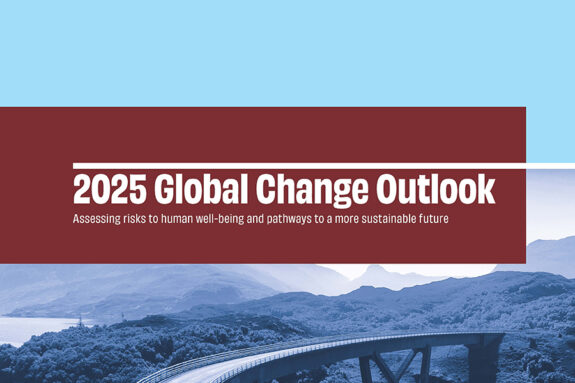PhD student Caue Borlina on adjusting to a new remote work-life balance, innovations in teaching an online lab section, and the excitement of publishing new research on the history of Earth’s magnetic field.
As a planetary science PhD student, I have spent most of my quarantine time making figures for a paper that I’m trying to draft before our lab starts ramping back up when we have the go-ahead from MIT. The main goal of this paper is to discuss the role of magnetic fields during the process of planetary formation.
This semester, I am also the TA for 12.002, Introduction to Geophysics and Planetary Science, where, traditionally, students are exposed to paleomagnetism through a hands-on component where they get to hold samples and conduct experiments in our lab. (In fact, this year we were planning to have students measure magnetic fields from moon samples brought back by the Apollo missions!) Because of COVID-19, we moved this lab to an online version by using a combination of data that was previously acquired with Python Jupyter notebooks—an open-source web tool that allows you to create and share documents, code, equations, and visualizations across dozens of programming languages. With the help of Jay Shah, a postdoc in our department, we had an online class where we walked students through the process of acquiring and analyzing paleomagnetic data from the Vredefort crater, South Africa. We had positive feedback from the 8 students that participate in the class, but more importantly we realized these materials will definitely be valuable for classes in the future.
For most of the quarantine I have been hosting the EAPS Active Talk Series (EATS) on Friday evenings (renamed e-EATS). Each week, two speakers give 12 minutes talks about research or other topics in a broad, informal space for students, faculty and staff. Overall, I think that it’s been going really well. People give great talks and we have managed to keep this new department seminar active in our dispersed virtual community. e-EATS attendance has actually been higher than the in-person version, which prompted us to consider that once we are back on campus we can still have virtual installments, as well as record the talks for posterity.
I also had a paper published a few weeks ago, which was exciting. Of course, in an ironic twist of fate, the paper had been under review for a year, then in press for about 6 months, and so it finally came out when the only thing we all were talking about was COVID-19. In case you are curious, the paper looks into the very challenging task of constraining when Earth’s magnetic field first began. You can read the MIT news story, or check out the original paper.
Finally, here at home we have been working out every day, but there is just something about the quarantine that almost forces us to make brownies galore. Jokes aside, I am privileged to be able to stay out of the way of essential workers, and to continue to be able to do my research and have a semi-normal life.



